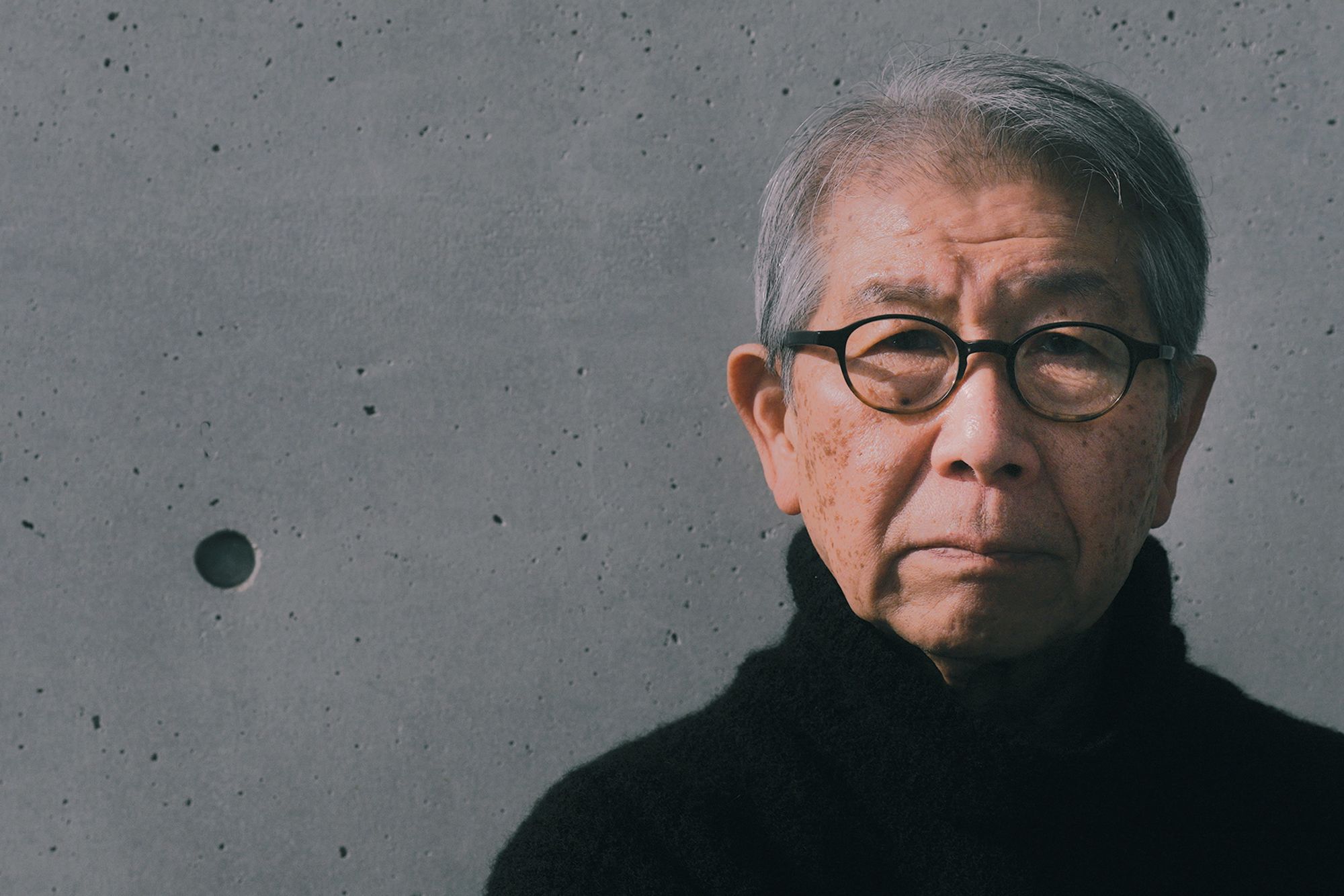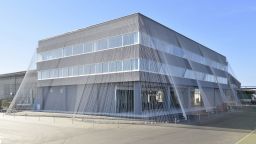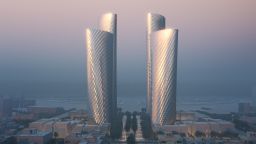In the Pritzker Prize’s 45-year history, no country has produced more winners than Japan. And on Tuesday, 78-year-old Riken Yamamoto was named the ninth and latest Japanese laureate of an award often dubbed the “Nobel of architecture.”
Best-known for innovative housing projects and educational institutions, Yamamoto is something of a surprise choice. But in a press statement announcing the decision, jury chair and former winner Alejandro Aravena described him as “a reassuring architect who brings dignity to everyday life.” He added: “Normality becomes extraordinary. Calmness leads to splendor.”
Across a five-decade career, Yamamoto has dedicated himself to fostering community in Japan’s rapidly expanding cities. From housing projects that coax residents into spontaneous interactions to a glass-walled fire station that invites passersby to peer inside, his architecture appears intent on “blurring boundaries between its public and private dimensions,” a jury citation added.
As such, Yamamoto has more in common with other recent winners of the Pritzker Prize — an award that increasingly favors socially-minded architects over the creators of iconic landmarks — than with the Japanese laureates of eras past.
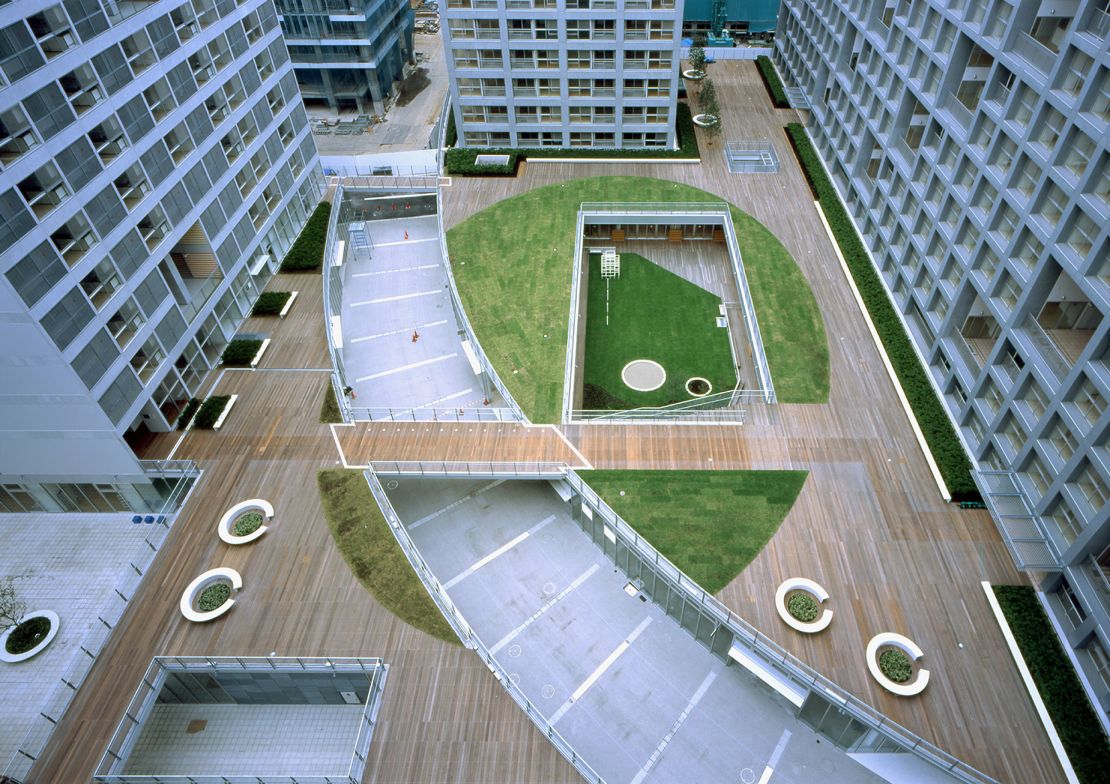
It is a point of difference tracing back to the early 1970s: While many of his avant-garde compatriots (most notably 1987 Pritzker laureate Kenzo Tange) advocated conceptual floating cities and grand “megastructures,” Yamamoto was driving across the continents with his mentor to see how people lived in villages around the world. Speaking to CNN ahead of Tuesday’s announcement, he described these formative journeys as “my starting point as an architect.”
What Yamamoto found, whether in north Africa or central America, was that human societies were traditionally built around a fluid threshold between private and shared spaces — between villages and the households within them. In modern metropolises, however, this divide has become entrenched to the detriment of their inhabitants, he said.
“In the city, we have very few communities — sometimes no community,” Yamamoto said on a video call from Yokohama, near Tokyo, where he founded his architecture firm more than 50 years ago.
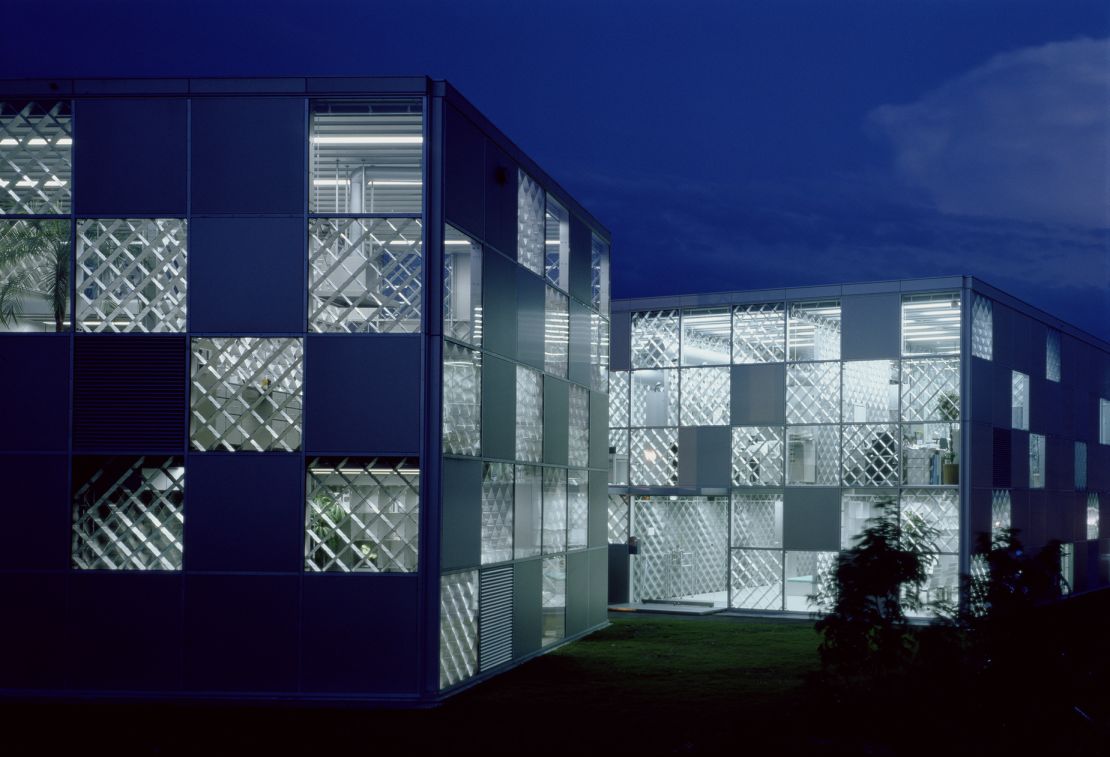
Social isolation is a concern for both architecture and urban planning. Yamamoto said that cities’ preference for zoning, which governs how land is used, often keeps daily life and commercial activity apart; soaring residential towers (or “tower mansions” as he called them, using a direct but fitting translation of the Japanese term for high-rise condos) meanwhile reinforce what he called the “one family, one house” system.
“You can sometimes have 5,000 people living completely independently from the city, and the people inside (tower blocks) are independent of each other… most Japanese people believe this is the ideal living system. I don’t agree with that.”
Transparency of design
Yamamoto’s solution has been housing that encourages neighbors and the public to come together — a form of architectural intervention that “suggests rather than imposes,” as the Pritzker Prize jury put it.
After designing a succession of private homes in his early career, Yamamoto completed his first social housing project, in the coastal city of Kumamoto, in 1991. Hoping to inspire a sense of openness, he arranged its 110 homes into 16 clusters around a tree-lined central courtyard. The central public space has no gates and can only be reached by passing through the housing blocks, a scheme designed to increase the likelihood of chance encounters.
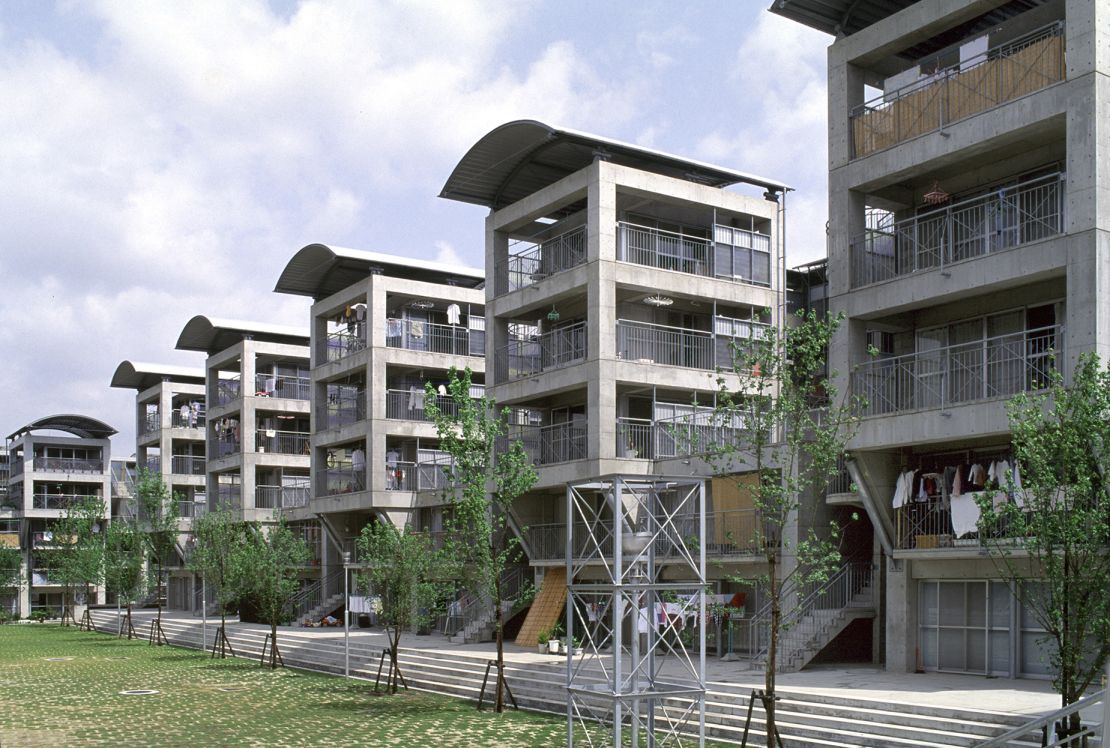
Elsewhere, the Shinonome Canal Court project in Tokyo saw Yamamoto connect six huge residential blocks with a second-floor deck comprising terraces and shared green spaces. Pangyo Housing in Seongnam, South Korea (which is among a handful of projects the architect completed outside Japan) also linked homes via communal decks, though the development boasted an altogether more radical design feature: glass walls on the ground level of each residence invited neighbors to look inside one another’s houses.
Yamamoto acknowledged this could be seen as an afront to privacy. And, at first, residents felt like they were living in a “fishbowl,” the architect recalled. But over time, they warmed to the idea.
“It became very popular, and people liked it … sometimes they use (the ground-floor space) as a gallery. Sometimes it’s the guest room. Sometimes it’s a place to drink and sometimes people gather there,” he said, adding that residents subsequently invited him to a community party at the complex. “I was really, really happy at that moment, because they agreed with my design.”
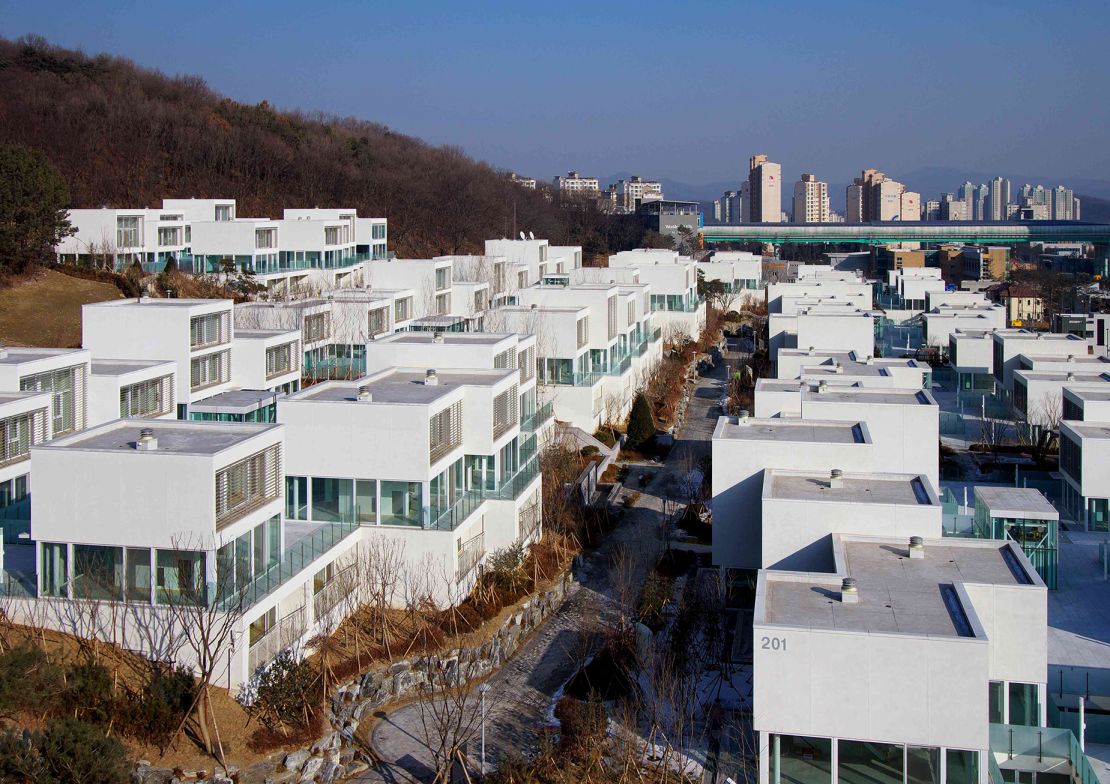
The idea of transparency has informed much of Yamamoto’s oeuvre — and not only housing. The clear glass facade, walls and floors of the fire station he designed in Hiroshima offer pedestrians a rare glimpse inside an institution that, while publicly funded, often hides its inner workings. At the Saitama Prefectural University and Future University (in Koshigaya and Hakodate, respectively), soaring windows provide unobstructed views between classrooms and even departments in the hope of stimulating academic collaboration.
Changing the system
If Yamamoto’s civic gestures sound like simple solutions to urban ills, maybe that’s because — by his own reckoning — they are: “It’s very easy to make a community space and public space,” he said, framing his ethos as a return to the way public space operated in medieval Europe or Edo-period Japan.
And yet, politics and profit have sometimes stood in the way. Yamamoto expressed dismay that more than 30 years after completing his aforementioned housing project in Kumamoto, his vision of shops and cafes occupying its lower reaches has not yet come to fruition due to local zoning regulations. Perhaps a greater challenge, he added, comes from property developers accustomed to promoting the benefits of standalone private homes.
“Of course, political support is very important. But I think developers (should) change their minds a little bit. They believe that ‘one house, one family’ is the best way. I propose to the developer: change the system.”
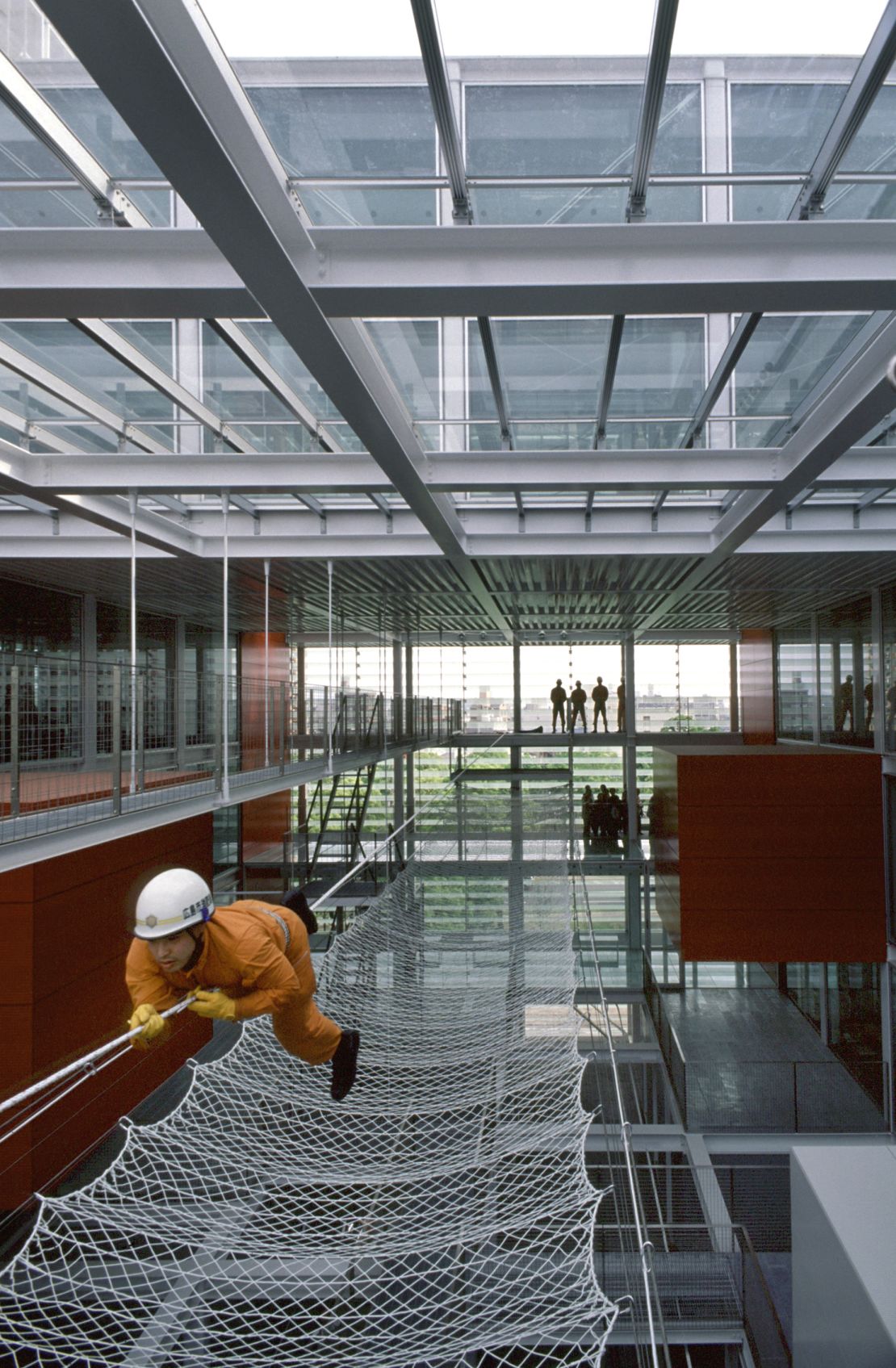
First awarded to American architect Philip Johnson in 1979, the Pritzker Prize recognizes what it describes as architects’ “consistent and significant contributions to humanity and the built environment.”
Yamamoto, who has also completed buildings in China and Switzerland, is the latest in a string of laureates recognized for their commitment to the public and civic realms.
Last year’s award went to British architect David Chipperfield, who is best-known for cultural institutions like Des Moines Public Library in Iowa his reimagined Neues Museum in Berlin. In 2022, Francis Kéré became the first ever African laureate in recognition of a career designing schools, health centers and community facilities.
The Japanese architect will be awarded with $100,000 and a bronze medallion.

